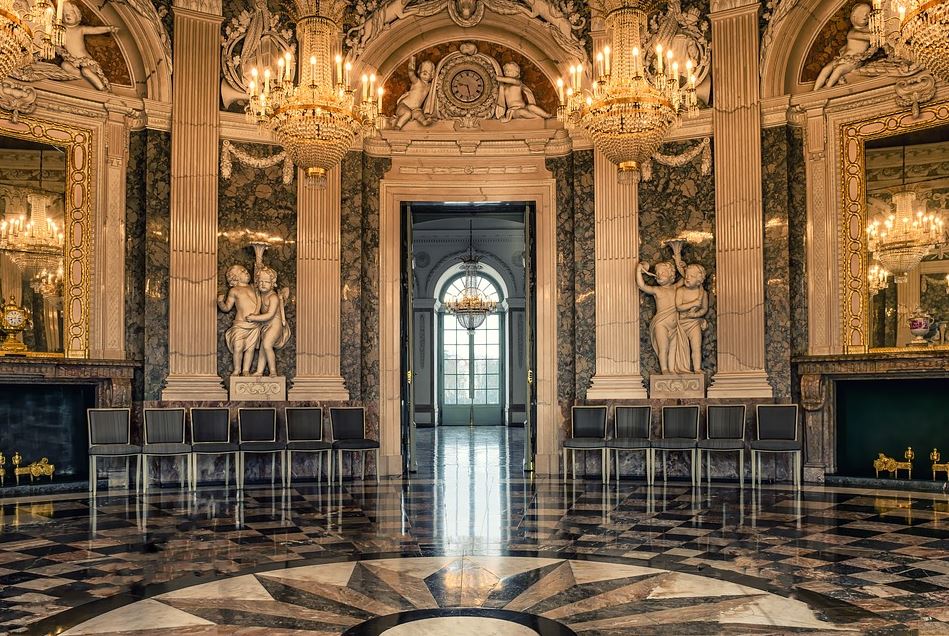Rococo style, also popularly known as the Late Baroque style, is an ancient artistic and decorative design; which was used on furniture, sculptures, buildings, and décor.
Anything made with the inspiration of the Rococo style is meant to depict nature, love, appreciation for entertainment and youthfulness. It was often praised for its overtly superior craftsmanship and decadent visuals.

This furniture and décor were characterized by gold finishing, asymmetry, curves and counter curves, dense ornamental pieces and whimsical themes. Often referred to as a striking yet intimate style throughout its time.
Origin and History of the Rococo style
The word Rococo’ is coined from the French word, rocaille.’ Rocaille stands for 'shell-works' or 'rock works', and used as a descriptive mane for the decorative patterns and arts used during the Rococo period.
The rococo style traces its origin in the late 1600s. It, however, became popular in the 1800s and the word 'Rococo' was not used until the 19th century. It ushered in the Rococo era and closed the baroque era.

It was a design that went around most of the European countries. It, however, traces its origin from France. Roccoco was first seen in the Salons of Paris then later spread to the rest of France. The neighboring countries such as Germany and Austria started catching on to the style then began to use it in their own churches.
From France, it spread through other countries with the most notable being Germany, Russia, Bavaria, Italy, and Russia. Most of the furniture and decors with the rococo style that is seen today are revivals of design that date back to the mid-1800s.
The rococo style is usually associated with the reign of King Louis XV. King Louis's reign over France started in 1715 all the way up to 1774. This is considered the second-longest reign ever recorded in the history of France.
Physical characteristics of Rococo Style
A room designed using rococo furniture and décor was characterized by the use of dense ornaments, white and pastel colors which included gilding, ornamental mirrors, ornate furniture, tapestry, wall paintings, picturesque details, and small sculptures. It, however, at times incorporated the Chinese figures and pagodas. The rococo furniture and décor do not emphasize on the use of symmetry like the baroque décor furniture did. Most of the rococo style furniture was asymmetrical. The furniture and décor of the rococo style use soft colors.

The arms, backrests and the legs of the furniture were often curved and gilded. The legs of the furniture, which are S-shaped, are referred to as the cabriole leg. They mostly use white, brown or gold colors. The furniture was made from lighter and softer woods such as rosewood. They sometimes incorporate organic motifs. The furniture and décor of the rococo style are made to be lavish and appealing to the eye. In fact, they are usually meant to impress the eye at first sight; a characteristic that made them popular not only with royals but almost everyone.
In what places had the rococo style
Due to the luxurious impressions, the rococo furniture and décor, they are often used in churches and other places such as palaces. The stairways in palaces used this décor, with the most outstanding feature being the stairways.
The twisting, curving edges of golden ornaments were placed on the doorways and around the mirrors. The salons were also decorated with rococo-style paintings.
The most popular rococo style decors included palmettes, fleurettes, seashells, and foliage. The places around Europe are decorated with these ornaments. Most of these ornaments are usually made of or finished with gilded bronze.
Since they are more popular in luxurious places, rococo furniture is keen on providing comfort and exude class.
